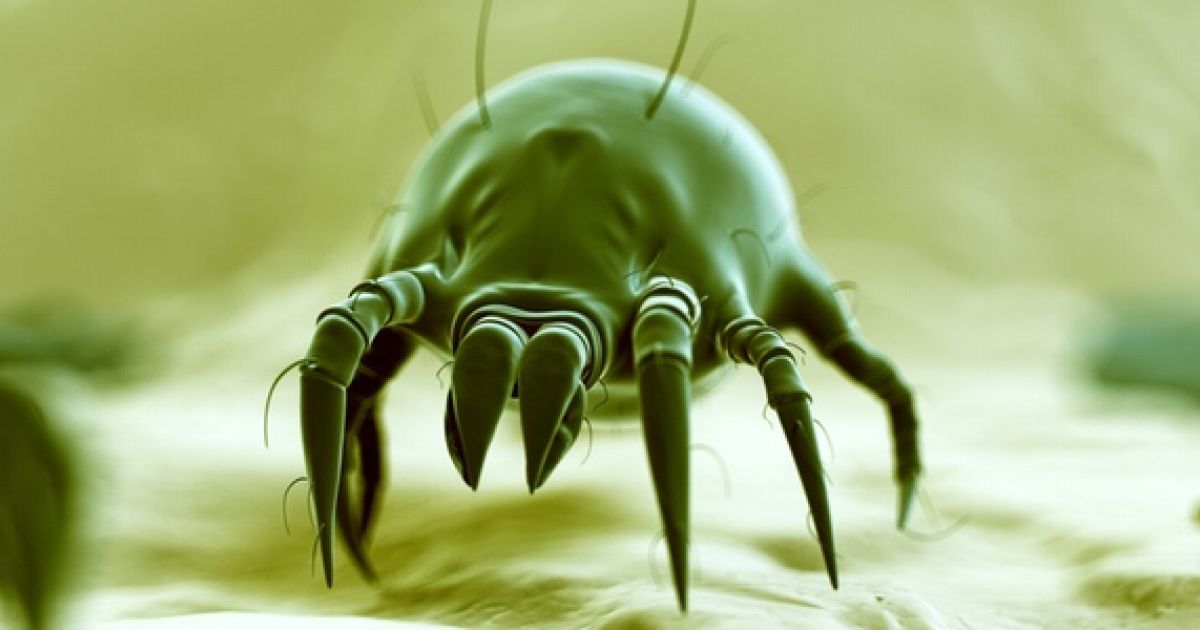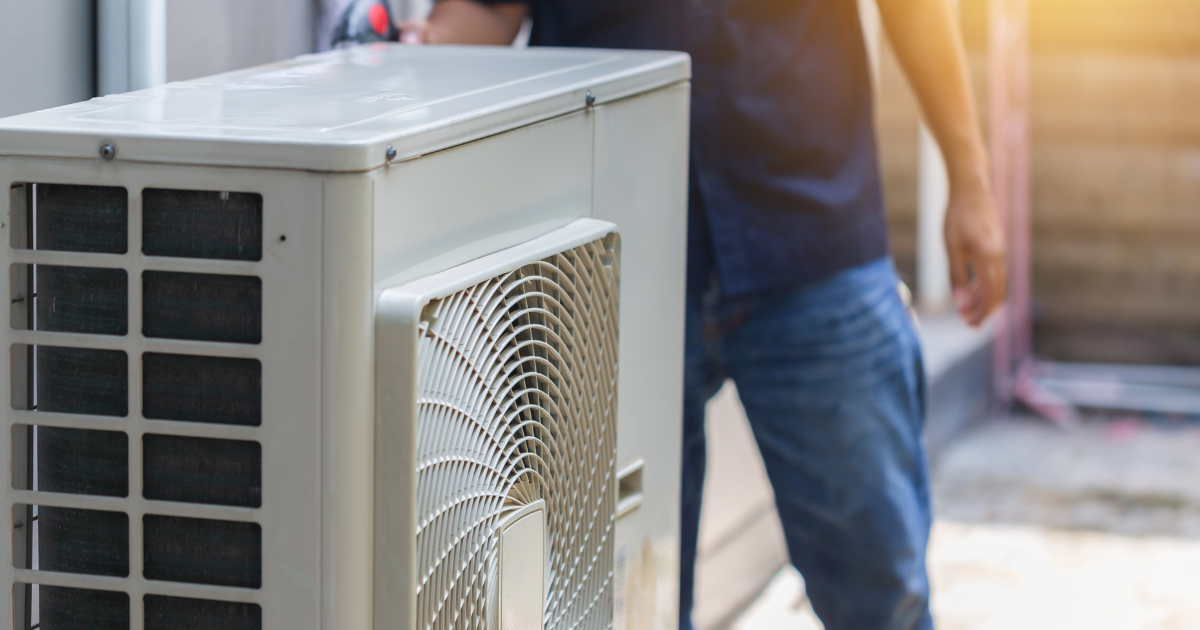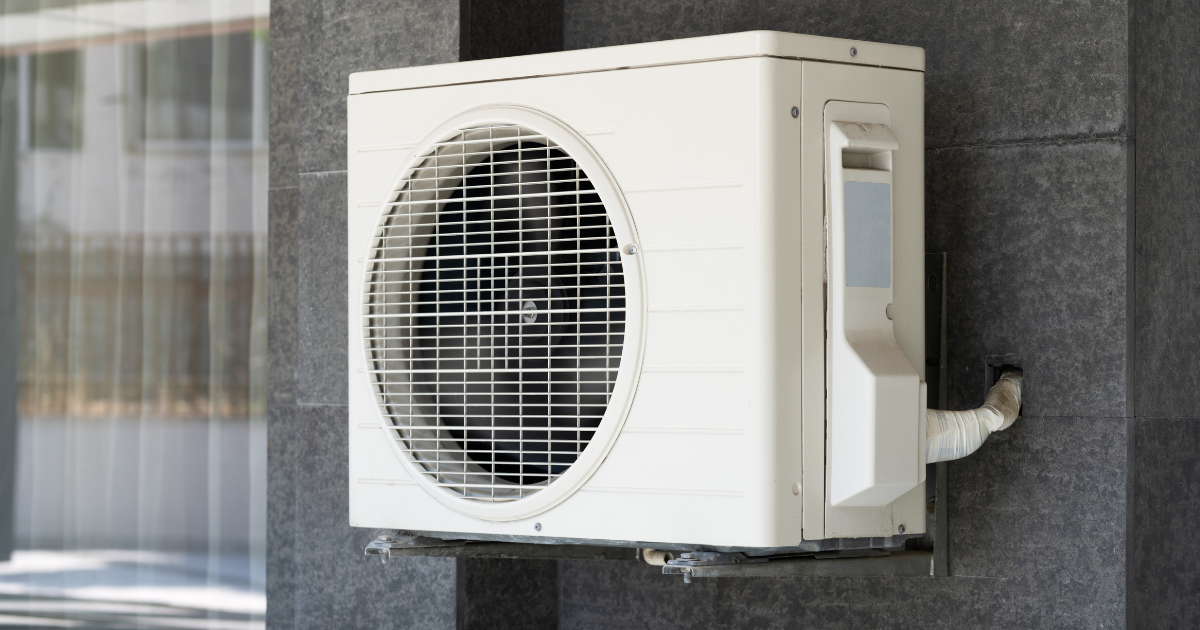The Invisible Threat
In the past, you may have heard of people talking about having a “dust allergy,” or struggling with dust that triggers the symptoms of asthma. Most of the time, the discomforts that these people are suffering with come from the droppings and byproducts of dust mites — tiny creatures that can congregate in their millions around your home.
These spider-like pests live in everything from your mattress to your pillows, carpets, and chairs. Though they are invisible to the naked eye, they can cause significant problems for homeowners by prompting allergies, discomfort, and even respiratory illness.
So, why should you care about dust mites? Well, approximately 20 million Americans are allergic to them, and if you’re one of those people, simply spending time in your home could be diminishing your quality of life.
What Are Dust Mites?
Dust mites are microscopic bugs within the spider family. These creatures live in the dust around your home and feed on the dead skin cells that you and your pets constantly shed. Though they’re too small to see, under a microscope they appear as white, eight-legged creatures.
Whenever you breathe in your home, you’re breathing in the waste products of dust mites, which can cause certain people’s immune systems to kick into high gear — developing antibodies to protect them against typically harmless substances. The result is typical allergy symptoms, which can range from sneezing and blurry eyes, to a runny nose.
The life cycle of a typical dust mite can last for up to four months. They start off as eggs and depending on the species it can take five weeks for an egg to become a fully-grown mite. Female mites lay up to 100 eggs in their lifetime, so it’s easy to see how infestations can quickly get out of hand.
Where Do Dust Mites Live and Thrive?
For a dust mite, the perfect home is a warm, humid area. Mites prefer temperatures of more than 70 degrees Fahrenheit and appreciate a humidity level between 75 and 80%. Because mites lose and absorb moisture through their skin, they can be vulnerable to dehydration and humidity levels. Their choice for a home will have a significant impact on their chances of survival, which is why you might want to consider making your home’s temperature as uncomfortable for them as possible.
Unlike with other household pests, food is rarely a problem for the average dust mite. Their primary source of sustenance is flakes of skin shed by humans or animals. Because we shed the greatest amount of skin in the areas we spend the most time, mites are most common in sofas, chairs, carpeted areas, and beds. What’s more, the relative humidity is often higher in these areas because people exhale water vapor and perspire when they sit and sleep. As your furniture traps and accumulates dust, it becomes a valuable microhabitat for mites.
Your home doesn’t need to be visibly dirty to support dust mites. Often, the mites and the particles that they consume are so tiny that you wouldn’t notice them unless you were searching with a high-powered microscope.
How Dust Mites Damage Your Health
One of the most important things to know about dust mites is that they cannot bite or sting you. These pests are only dangerous because they trigger severe allergies through their skin and secretions. The average house dust mite produces enzymes that are powerful enough to break down delicate cells.
For some people, exposure to dust mites is enough to prompt a powerful reaction similar to what you would experience with a pollen allergy. However, unlike pollen allergies which become worse at certain times of the year, dust mite allergies can present year-round issues with symptoms that include:
- Constant sneezing
- Runny, stuffy, or itchy nose
- Dry, itchy, or watery eyes
What’s more, house dust mites can also cause additional health problems, such as allergic rhinitis (or hay fever), eczema, asthma, and may even impact other respiratory ailments.
The Danger of Dust Mites
Though dust mites are not parasitic creatures, capable of biting or stinging human beings, they are still a significant threat to the average homeowner. Dust mites can cause severe allergic reactions, and their ability to thrive in most U.S. conditions means that the typical home can quickly become infested with millions of pests.
Though these mites are small, you shouldn’t underestimate them. Reach out to Bob Jenson to learn how we can help limit the dust mites in your home.

Bob Jenson
For over 45 years, Bob Jenson has been providing quality heating and air services to the San Diego community.
Request Service
Please fill out the form below to request an estimate or schedule service.
"*" indicates required fields







